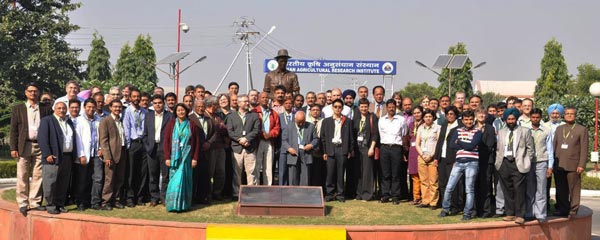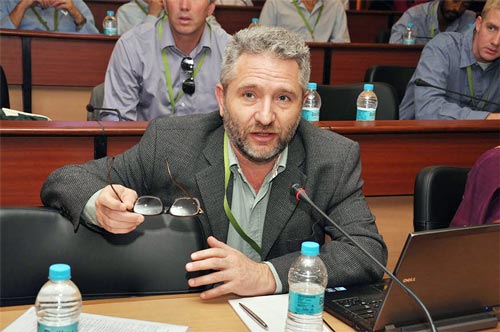Innovative farm machinery transforms agriculture in Bangladesh
By Anuradha Dhar/CIMMYT
A new CIMMYT book, Made in Bangladesh: Scale-appropriate machinery for agricultural resource conservation, highlights the innovative machinery that can be used with two-wheeled tractors (2WT) for sustainable farming and gives detailed technical designs to help standardize production quality, making the machines more accessible to farmers.
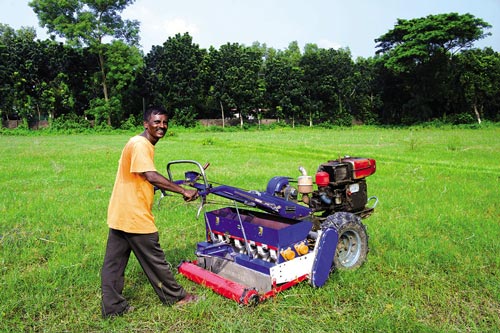
Agricultural mechanization in South Asia is helping conserve natural resources, improve productivity and increase profits, but many small-scale farmers have yet to benefit. Factors such as high costs and farmers’ lack of access to credit make the machinery unaffordable for resource-poor farmers. However, Bangladesh leads by example and has been a hotbed of innovation, particularly with the 2WTs that are more appropriate for small-scale farmers than the four-wheel variety. Bangladesh has a strong agricultural tradition – nearly twothirds of its population works in agriculture. It has achieved near self-sufficiency in rice production and has rapidly developed its agricultural sector over the past 20 years, despite being ranked 146th on the global human development index and having roughly half the per capita income of India. Bangladesh’s agriculture sector contributes 19 percent to the country’s gross domestic product. This is the bright side.
The other side, however, is that farmers’ land-holdings are very small – an average farming household owns just 0.2 hectares or less – and Bangladesh is home to intensive cropping rotations. Every square centimeter of arable land is used 1.8 times a year, putting intense pressure on natural resources and making the system unsustainable in the long term. Farmers have to continually adapt to challenges including climate change, rising temperatures and increasing fuel prices to sustain productivity.
Many farmers are using innovative agricultural machinery to improve the precision and speed of planting and harvesting operations while reducing fuel, irrigation water and labor requirements. With the introduction of cheap, easy-to-operate and easy-to-maintain 2WTs, agriculture in Bangladesh has become highly mechanized during the last decade. Nearly 80 percent of farmers use 2WTs because they are versatile and can be fitted with a variety of innovative auxiliary equipment for planting, threshing and irrigation.
Made in Bangladesh highlights these innovations and includes reviews and designs of the machinery used with 2WTs for resource-conserving practices, including zero tillage and strip tillage seed and fertilizer drills, bed planters, axial flow irrigation pumps, strip tillage blades, improved furrow openers and seed metering mechanisms. Each chapter has scaled technical designs of the machinery, developed with computer-aided drafting to allow manufacturers in Bangladesh and beyond to reproduce and make improvements on the machines. “Many of the machines in the book are inspiring innovations,” said Timothy Krupnik, CIMMYT cropping systems agronomist and one of the book’s authors. “Bangladesh is often seen in a negative light – most international media focuses on its political tragedies, grinding poverty and pressing environmental concerns. But, if you live in Bangladesh, you get inspired every day by the creative ways that many of the world’s poorest people come up with creative solutions to the problems they face. All of the machines in the book were either designed and made in Bangladesh, or borrowed from other machines in South and Southeast Asia and then were manufactured in Bangladesh.”
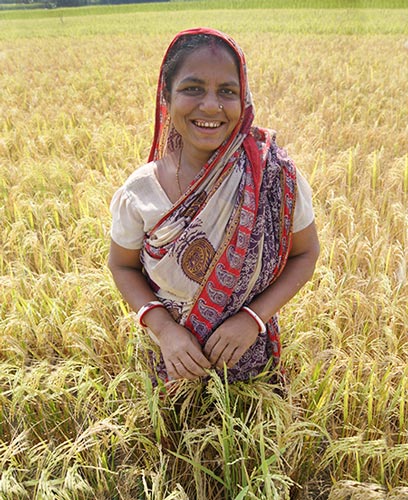
The book’s technical designs can be easily replicated by machinery manufacturers, scientists or farmers. “The drawings were developed in a reverse engineering process, where I measured the machines manually and immediately sketched them on paper by hand,” said co-author Santiago Santos Valle. “Once back in the office, I produced the computer-aided drawings using the hand-made sketches.” Spending hours of work recreating these sketches on the computer, Santos Valle painstakingly created all the technical designs in the book.
A learning module on technical drawing interpretation and instructions on how to use the drawings have also been included. Standardization and Affordability There is a great need for small-scale farmers to adopt new machinery to overcome rural labor shortages in places like Bangladesh. “Wheat and maize yields decline between 1 and 1.5 percent per day when planted late, so you can imagine the effect if you use the machines to reduce tillage,” Krupnik explained. “Applying seed and fertilizer in one go can save seven to eight days that farmers would have otherwise spent plowing and preparing the land.” One of the most significant problems confronting mechanization in South Asia is design standardization. “Bangladesh has been a ‘hot bed’ of innovation, particularly for the two-wheel tractor,” said Andrew McDonald, CIMMYT cropping systems agronomist and co-author. “But much of this innovation has not reached farmers at scale because commercialization has been impeded by the lack of standardization. Essentially, most workshops create a unique machine every time a new piece is fabricated, which drives up costs to both manufacture and repair the machinery. Quality control is also an issue.”
He emphasized that CIMMYT is playing a catalytic role to ensure high-quality machinery is available at a reasonable cost in Bangladesh. The organization is helping formalize the design elements of innovative machinery and working with workshops and industrial houses to implement these designs. In the USAID-Bangladesh Mission funded project, Cereal Systems Initiative for South Asia – Mechanization and Irrigation (CSISA-MI), CIMMYT works with the NGO International Development Enterprises (iDE) to develop and execute business models to encourage companies and agricultural manufacturers to produce and distribute the machines through commercial mechanisms.
In turn, agricultural service providers are linked to finance entities and farmers to purchase machines and to assure demand in the field. These efforts receive technical backing from CIMMYT scientists, who assure that land is planted with reduced tillage implements or irrigated with energy efficient pumps. As a result, the adoption of these machines has significantly increased in the last few months – the machinery is now being used on over 2,000 hectares of new land in southern Bangladesh alone – more than a four-fold increase compared to the year before.
The machines included in the book have wide applicability outside of Bangladesh, such as in smallholder farming contexts in Asia and Africa. “We want the work done in Bangladesh to inspire agricultural machinery manufacturers to reproduce and improve machines in other countries,” Krupnik said. “For this reason the book is free and available through open access and can be downloaded, printed and shared with others as widely as possible.” The PDF version of the book is available from the CIMMYT repository.
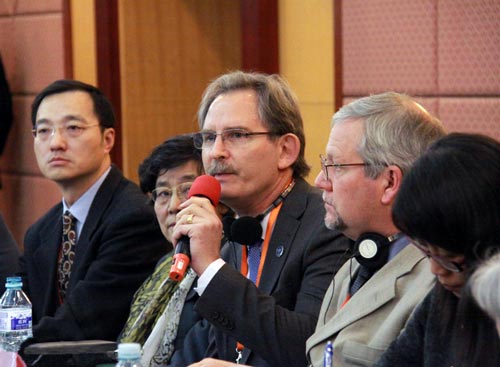
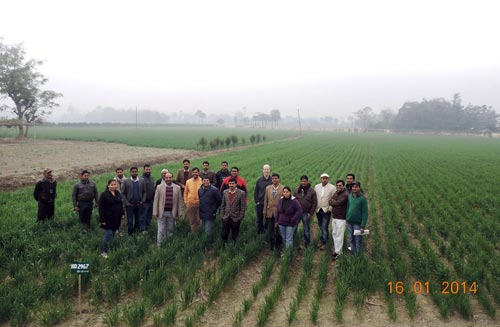
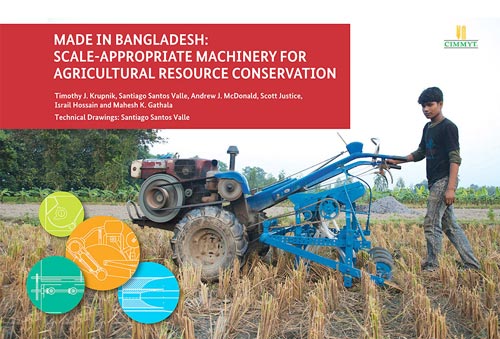
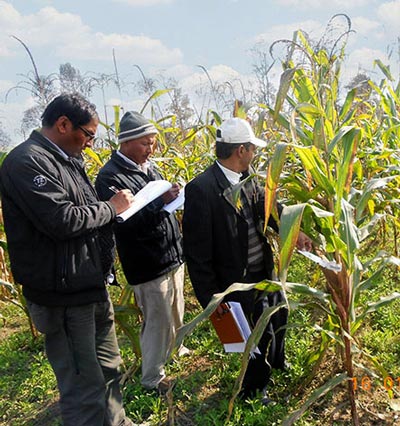
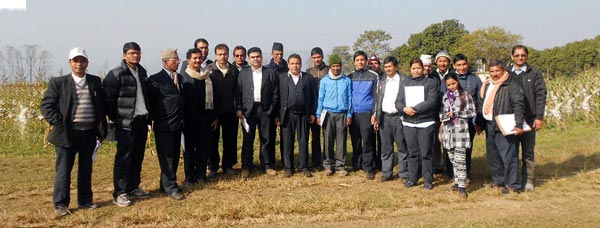
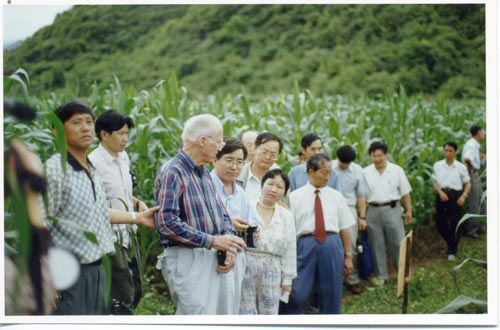
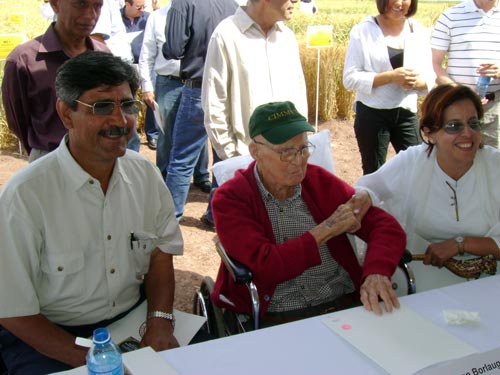
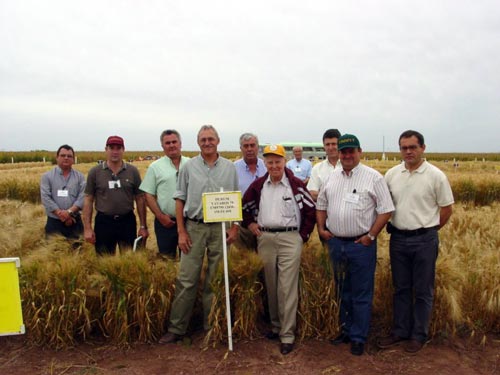
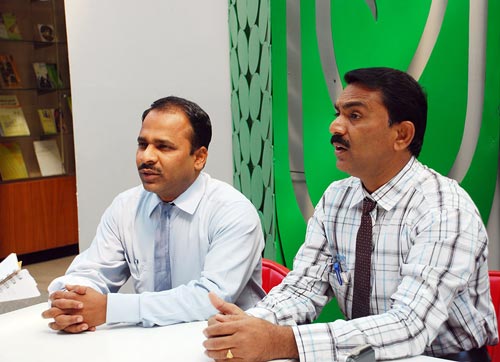
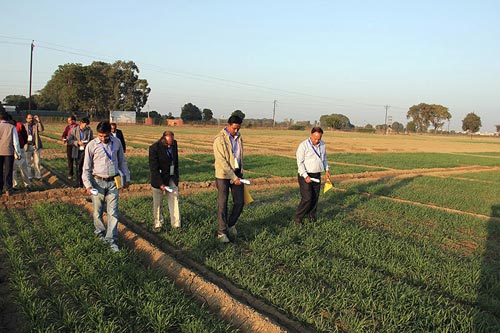
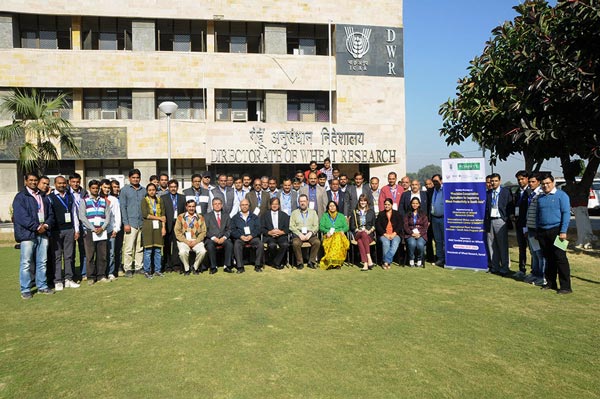
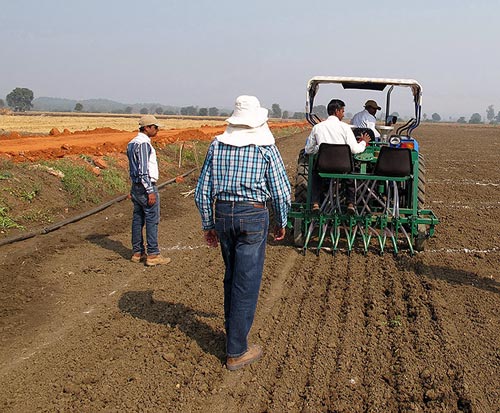
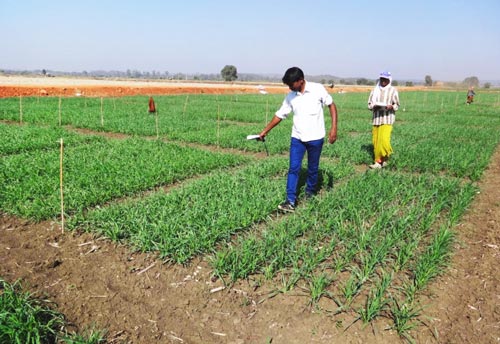
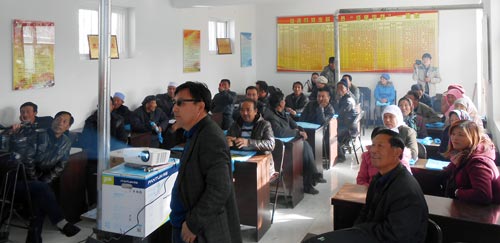
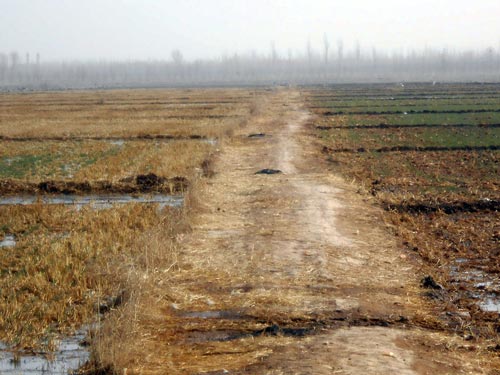
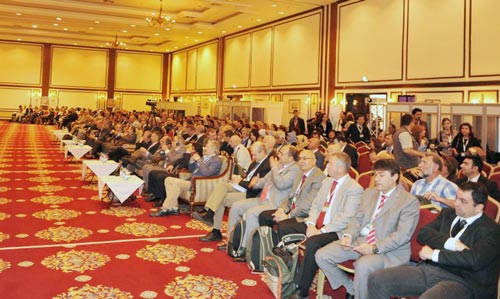 More than 650 people from 75 countries attended the International Plant Breeding Congress in Antalya, Turkey, from 11 to 14 November. The congress was organized by the Turkish Union of Plant Breeders, with help from CIMMYT and officials of the Ministry of Food, Agriculture and Livestock of Turkey.
More than 650 people from 75 countries attended the International Plant Breeding Congress in Antalya, Turkey, from 11 to 14 November. The congress was organized by the Turkish Union of Plant Breeders, with help from CIMMYT and officials of the Ministry of Food, Agriculture and Livestock of Turkey.